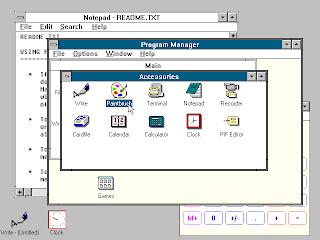Novel technologies , digital representations and various tools will offer the means to facilitate creative authoring, designing, learning, thinking and playing. They will allow different groups of people to participate in all kinds of new and engaging activities: from very young children to the elderly; from the amateur to the expert; and for many kinds of ability or disability.
 |
| Future of HCI |
These technologies will also offer new opportunities in every aspect of life, and in every part of the world. For example, educators and consultants are now able to use off-the-shelf toolkits to assemble and appropriate digital technologies to enhance learning for a range of settings, such as schools, waiting rooms, playgrounds, national parks, and museums. But even better, everyday users can now increasingly create their own content, grab content and applications off the Internet, and assemble their own digital resources just the way they want to.
Technology is changing, people are changing, and society is changing. All this is happening at a rapid and rather alarming rate. We can expect a lot of new devices appealing everyone in the future
All that were imaginary in the past are in reality today and similarly , all which are imaginary and beyond human reach will become reality in the near future.
----------------------------------------------------------------------------------------
Ashwin Rao
Personal Journal - Entry 10
















